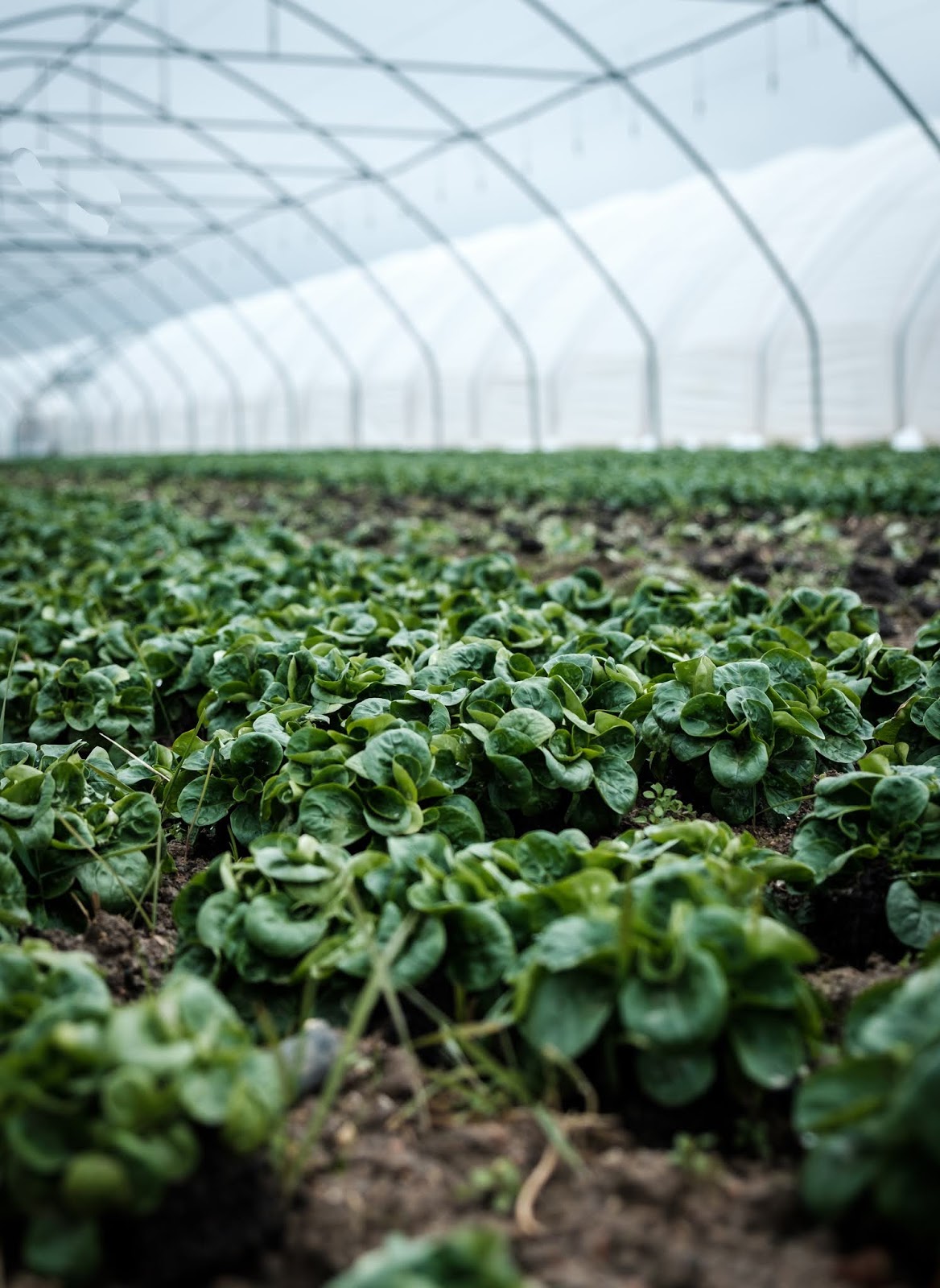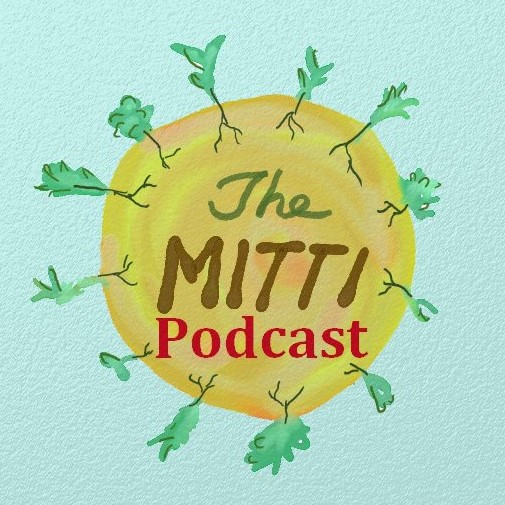Agriculture is NOT Industry
 |
| Photo by Anuraag Nandagiri, 2017 |
Have you ever seen endless farm lands, while traveling across the countryside, and wondered that these vast stretches produced all your food and most of your daily necessities. When I realized this, I was suddenly hit by a vague thought; the thought that all these lands must have been forest lands, with rich biodiversities. The thought exercise did not stop there. On further reflection, I observed a correlation between an ever growing population and the pressure their needs would inflict on the land resource. In a country like India, such a correlation meant losing vast areas of forest land to agriculture. This only felt as a necessary step at first, but upon further understanding presented itself as a threat which if left unnoticed may lead to irreversible consequences.
My spontaneous thought train needed some research, and I proceeded to do so. Agriculture as we see today is far from the traditional practice that perceived nature as a partner and functioned in accordance to the cycles of life. Farmers were known to track monsoons and till lands carefully, anticipating yield based on the health of the earth. Treating earth as an entity, with an understanding that its capacities are finite until it is allowed to rejuvenate. My experience takes me back to the anecdotes shared by my grandfather when he looked after our ancestral farms. His words reflected a deep emotional connection with the land; a connection one can hardly hear in modern times.
The change in attitudes is attributed to the green revolution that started in 1965 in India, which was encouraged by a larger green revolution around the world. This led to the industrialization of agriculture with the intention to increase productivity. The far reaching sociological impact was foreseen, and is only reinforced by the current trends. In her book, “Violence of the Green Revolution”, Vandana shiva writes that the green revolution was called ‘The Green Revolution’, because it was supposed to be an alternative to the ‘Red Revolution’. Where, the promise was that, through commerce and chemicals there would be prosperity, and prosperity would bring peace in the world.
High yields varieties of seeds, tractors, irrigation facilities, pesticides and fertilizers were adopted. Some of the worst effects have been due to the insecticides and pesticides, which have seeped into the earth poisoning the groundwater. The high yield variety of seeds are controversial in their own regard. Intellectual property rights, in an attempt to monopolize these genetically modified specimens, have led to the farmer debt crisis.
The effects have been seen in their worst form in Punjab and Haryana, where the land that produced food for the entire country is now seeing unprecedented abandonment and migration. It is safe to say that the modern form of industrial agriculture is not sustainable by any means, and the need of the hour is a revival of traditional methods within the context of modern society. I use the word sustainability very carefully, as it has gained a reputation in some industries as a label for greenwashing. That said, my encounter with sustainable agriculture practices happened when I first came across The Better India facebook page.
This media page documented and shared valuable case studies of people and organizations contributing to various development projects across India. Some of which involved alternative agriculture practices as small as terrace or backyard cultivation. The produce can be used within the family, in addition to sharing with neighbours. What attracted me the most is that some of these methods can be scaled up and had the potential to impact communities at large, whether they were experimental or a readaptation of traditional practices.
For an overview, I would like to list some of the alternative agriculture practices that I encountered, categorized according to the factors mentioned in the first column:
For an overview, I would like to list some of the alternative agriculture practices that I encountered, categorized according to the factors mentioned in the first column:
Each method listed above has its unique potential and constraints, and can be adapted based on personal visions, philosophies and available resources.
In a changing world where a pandemic like COVID-19 can affect all existing systems to a standstill, one can only introspect where we have gone wrong and how can it be corrected. The fragile nature of today's institutions that humanity is proud of stands in clear contrast with those of mother nature, teaching us once again where true value lies.
In a changing world where a pandemic like COVID-19 can affect all existing systems to a standstill, one can only introspect where we have gone wrong and how can it be corrected. The fragile nature of today's institutions that humanity is proud of stands in clear contrast with those of mother nature, teaching us once again where true value lies.




